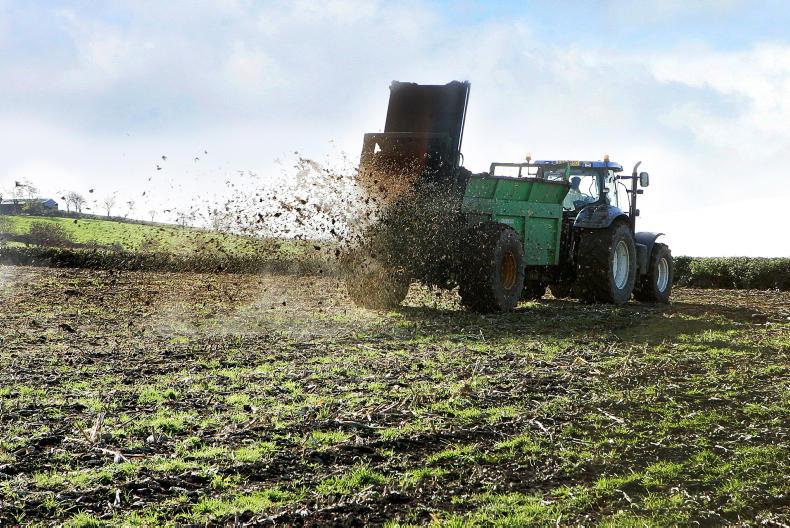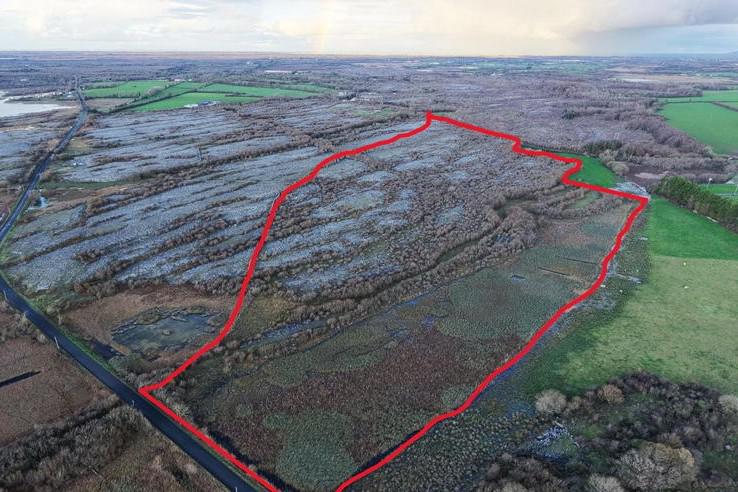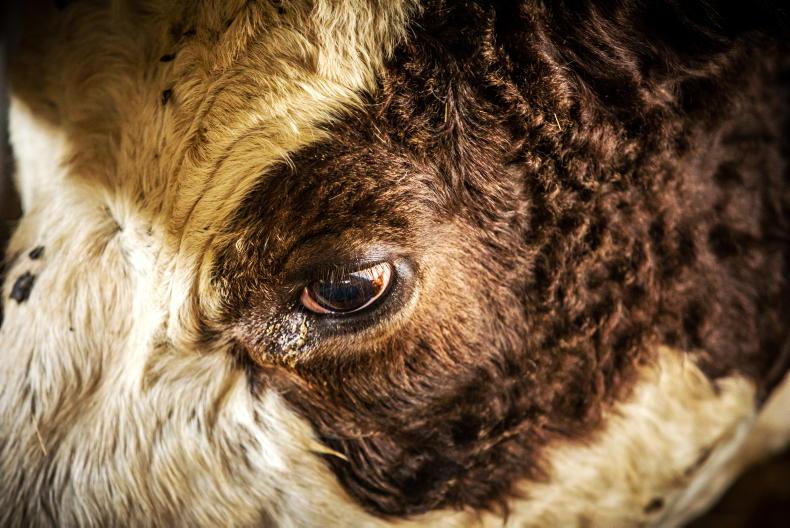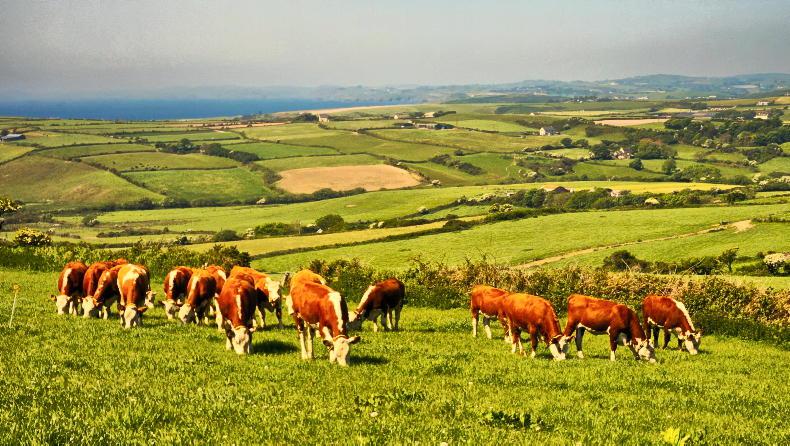The Department of Agriculture has published new guidelines which aim to keep Ireland within its mandatory ceiling for ammonia emissions.
Agriculture is responsible for 99% of ammonia emissions, making it the key player in reducing them.
Ireland must stay within its current ceiling is 116kt, while also reducing ammonia emissions by 1% below 2005 levels by 2020 and 5% below 2005 levels from 2030.
Latest information form the Environmental Protection Agency (EPA) shows ammonia emissions increased by 2% in 2017 – a trend projected to continue to 2030.
Targets
Minister for Agriculture Michael Creed said Ireland’s targets were clear and adoption of the voluntary measures in the Department's new Code of Good Agricultural Practice for reducing ammonia emissions would reduce the risk of Ireland missing those targets.
The Minister stated: “As food producers and farmers, we have a tremendous reputation internationally in terms of the sustainability of the food and drink we produce, and this is something we can be immensely proud of.
“In order to preserve the reputation of our country’s green image, we must address ammonia losses to the environment over the next decade. I have no doubt Irish farmers will embrace this challenge.”
Sources
Ammonia emissions arise principally from fertiliser and manure applications, animal feeding strategies, animal housing and manure storage. These emissions can have negative impacts on health and biodiversity.
Using low-emission slurry technologies is one of the recommendation of the code. Some 2,000 applications under TAMS II have been received for such technologies. Farmers have been paid €19m to date to purchase low-emission machinery.
Increasing the efficiency of fertiliser use will also be key. The code outlines an approach of “using the right nutrient source, at the right rate, at the right time and in the right place”.
Read more
Programme monitoring farming impacts on water quality extended
Covered slurry stores and ban on urea – the plan to tackle emissions
The Department of Agriculture has published new guidelines which aim to keep Ireland within its mandatory ceiling for ammonia emissions.
Agriculture is responsible for 99% of ammonia emissions, making it the key player in reducing them.
Ireland must stay within its current ceiling is 116kt, while also reducing ammonia emissions by 1% below 2005 levels by 2020 and 5% below 2005 levels from 2030.
Latest information form the Environmental Protection Agency (EPA) shows ammonia emissions increased by 2% in 2017 – a trend projected to continue to 2030.
Targets
Minister for Agriculture Michael Creed said Ireland’s targets were clear and adoption of the voluntary measures in the Department's new Code of Good Agricultural Practice for reducing ammonia emissions would reduce the risk of Ireland missing those targets.
The Minister stated: “As food producers and farmers, we have a tremendous reputation internationally in terms of the sustainability of the food and drink we produce, and this is something we can be immensely proud of.
“In order to preserve the reputation of our country’s green image, we must address ammonia losses to the environment over the next decade. I have no doubt Irish farmers will embrace this challenge.”
Sources
Ammonia emissions arise principally from fertiliser and manure applications, animal feeding strategies, animal housing and manure storage. These emissions can have negative impacts on health and biodiversity.
Using low-emission slurry technologies is one of the recommendation of the code. Some 2,000 applications under TAMS II have been received for such technologies. Farmers have been paid €19m to date to purchase low-emission machinery.
Increasing the efficiency of fertiliser use will also be key. The code outlines an approach of “using the right nutrient source, at the right rate, at the right time and in the right place”.
Read more
Programme monitoring farming impacts on water quality extended
Covered slurry stores and ban on urea – the plan to tackle emissions










SHARING OPTIONS